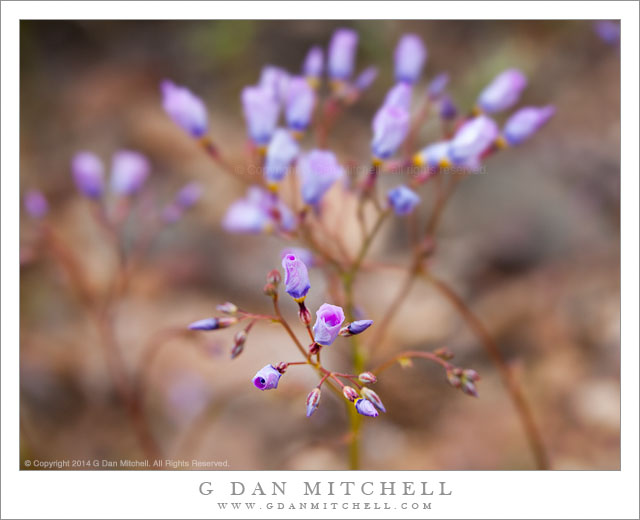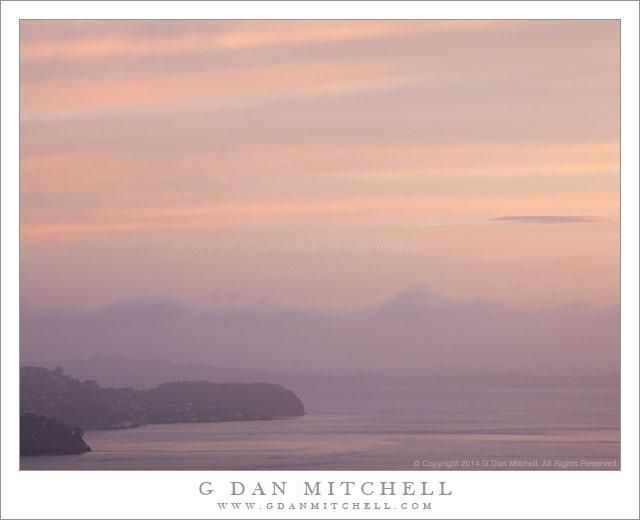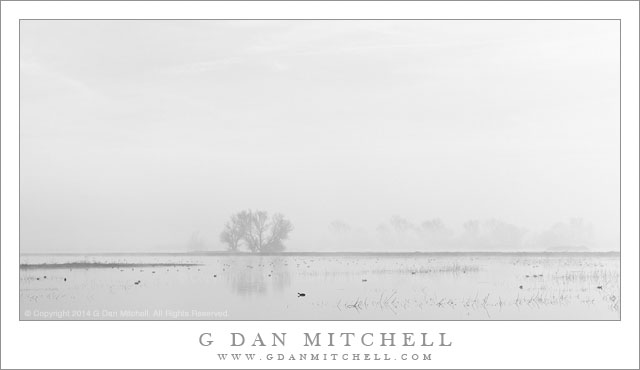
Star Trails, The Manifold, Zabriskie Point. Death Valley National Park, California. March 29, 2010. © Copyright G Dan Mitchell – all rights reserved.
Star trails above the Manifold, Zabriskie Point, Death Valley National Park, California.
The Story
Because I was there with Patty Emerson Mitchell, who had not been to the park before, it was important to make it to some of the iconic locations during our early April visit to Death Valley National Park. On our final morning we went to Zabriskie Point and stood in line with the other photographers in the early morning to wait for dawn. To be honest, dawn at this place IS special, though I mostly shot small vignettes of nearby formations, since I already have almost all of the Zabriskie photos I’ll likely need!
We arrived a bit after some of the other photographers had arrived and we went to the “usual spot” below the main overlook and found an opening in the line-up of photographers where we would have a clear view of the surroundings and not interfere with others who were already there. At one point I was working out some compositions with a very long lens pointed down at some little gullies below our position when a fellow (who shall remain nameless, though I later found out that he is someone who should know better) must have become interested in what I was doing. Either very interested in “my” shots or else completely oblivious to anyone else, he wandered over right in front of my camera and stood there looking and taking handheld photographs!
There are several ways to respond to this. Shouting “What the hell!” might have been one of them, but instead I just thought it was funny. I suppose if the light had been truly astonishing I might have yelled (or mused about simply pushing him over the edge! ), but with fairly static light at that moment I simply chuckled a bit and pointed him out to my wife.
(Note: The photograph shown with this post was not made during this most recent trip.)
 G Dan Mitchell is a California photographer and visual opportunist whose subjects include the Pacific coast, redwood forests, central California oak/grasslands, the Sierra Nevada, California deserts, urban landscapes, night photography, and more.
G Dan Mitchell is a California photographer and visual opportunist whose subjects include the Pacific coast, redwood forests, central California oak/grasslands, the Sierra Nevada, California deserts, urban landscapes, night photography, and more.
Blog | About | Flickr | Twitter | Facebook | Google+ | 500px.com | LinkedIn | Email
Text, photographs, and other media are © Copyright G Dan Mitchell (or others when indicated) and are not in the public domain and may not be used on websites, blogs, or in other media without advance permission from G Dan Mitchell.



